An inspiration
Coloretto was created by Michael Schacht, a German game designer who began his career as an art director at advertising agencies. He studied graphic design and worked with brands like Heinz, Coca-Cola, and Kellogg's before diving headfirst into the gaming world.
Here are some clues about how this game came to be:
- Coloretto's cards feature chameleons. This suggests that the player can change colors multiple times during the game. This metaphor of change and adaptation seems to be one of Michael Schacht's conceptual foundations, demonstrating the strategic flexibility in the game;
- The designer is also known for creating games with simple rules but strategic depth, and Coloretto is no different. Michael Schacht has said in interviews that he likes games that work well with different audiences, including children or people who don't speak the same language. This suggests that accessibility and universality were important motivations;
- As mentioned, before becoming a game designer, Michael Schacht worked as an art director in advertising. This may have influenced Coloretto's clean aesthetic, and intuitive mechanics, where colors are central to both the theme and the strategy.
Coloretto - Game Info
Coloretto is a 2-to-5 players game, age 8+, by designer Michael Schacht. Art by Oksana Svistun, Guido Favaro and Michael Schacht himself.
Coloretto was released in 2003 by ABACUSSPIELE. The main mechanics are: set gathering, and try your luck.
Coloretto has been a standout since its release:
- In 2003, it won the Fairplay À la carte award;
- In the same year, it was nominated for the Strategic Game award by the International Gamers Awards;
- Also in 2003, it won the Japan Boardgame Prize as Best Foreign Game and Best Game for Beginners;
- Also in 2003, it was nominated for the Meeples Choice Award and recommended for the Spiel des Jahres;
- In 2011, it won the Ludo Award award for Best Card Game;
- In 2019, it was nominated for the 5 Seasons Best International Family Game.
Playing the game
The game features cards with chameleons of various colors, which symbolizes how one should play the game.
But what are the cards used for?
The focus is on collecting the most cards of three colors, as each color beyond the third will get negative points. Jokers are highly valued, because they'll be any color you need, and +2 Cards give extra points, and if everything goes wrong can even act as a backup plan.
This is Coloretto in a nutshell!
Game setup is fairly straightforward. First, players decide which side of the Summary Card will be used: beige side, or gray side.
Then, place a number of Row Cards equal to the number of players.
All the remaining cards - chameleons, jokers, +2 - are shuffled together.
Now, deal 15 cards from the deck face down in a stack. Place the "Last Round" Card on top of the 15-cards dealt before, and place the rest of the cards on top.
And it's done!
In Coloretto, everything's focused on the two mechanics: gathering sets and pushing your luck. Players, in clockwise order, choose one of two possible actions:
- Action 1: draw a card and place it on the table;
- Action 2: pick up a row of cards.
In Action 1, draw a card and place it, simply draw the top card of the deck and choose a row to place it. Remember that there are Chameleon cards, Joker cards and +2 cards.
It may sound simple, but there's a lot of strategy involved:
- each row can hold a maximum of 3 cards;
- don't place a +2 next to a Joker, as it will be irresistible for the next player;
- avoid placing a card in a row that already has a card of the same color, as it will also be irresistible for the next player;
- remember to keep an eye on the colors your opponents are collecting.
If you choose Action 2, that is, take a row of cards, just take the entire row and place it in front of you. When choosing a row, make sure the cards have some of your 3 chosen colors, or, better yet, the colors you have the most cards in (or plan to collect). Therefore, collecting up to 3 different colors will get you points, and any color beyond the third award negative points.

When you take a row of cards, that is, Action 2, you don't play any more turns for the round.
After a player chooses an action, play continues with the player to the left. And that's a turn in Coloretto!
Ending the Game
When a player chooses to draw a new card, and the Last Round card is drawn, it means the game will end once the round ends as well.
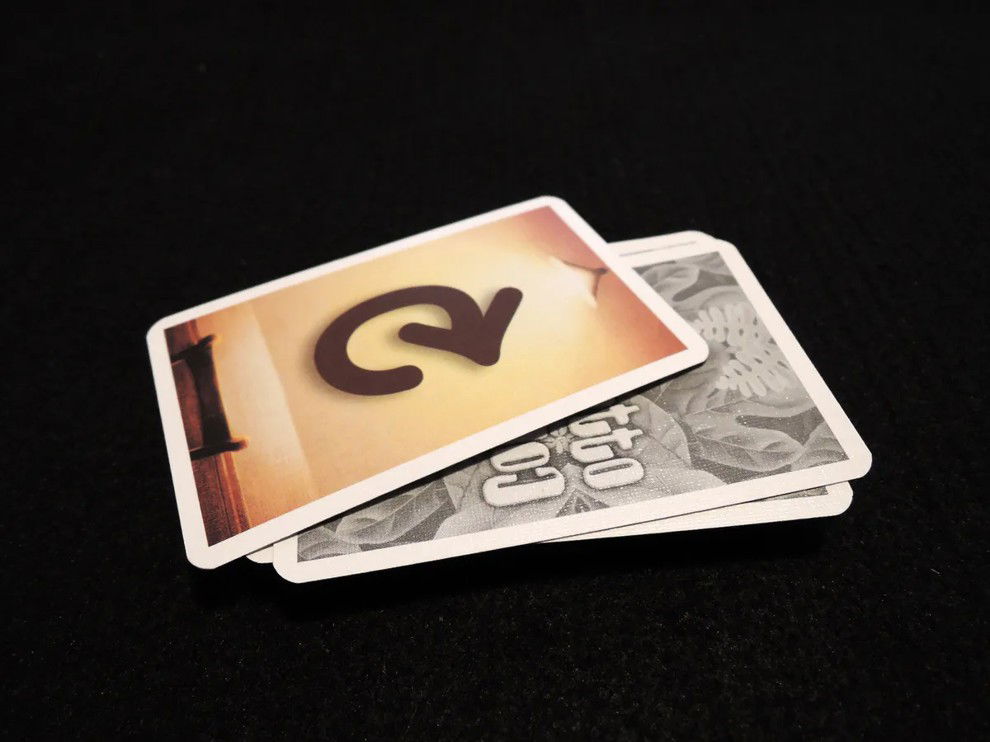
The current player sets aside the Last Round card and draws the next one, continuing the turn. Once the round ends, players decide which colors their Jokers will be.
After that, it's time to count points, respecting the Summary Card chosen at the start of the game (beige or gray).

Here's how you score points:
- Choose the three colors of which you have the most cards, and score them according to the Summary Card;
- Also add whatever +2 Cards you have;
- Lose points for the excess colors, again according to the Summary Card.
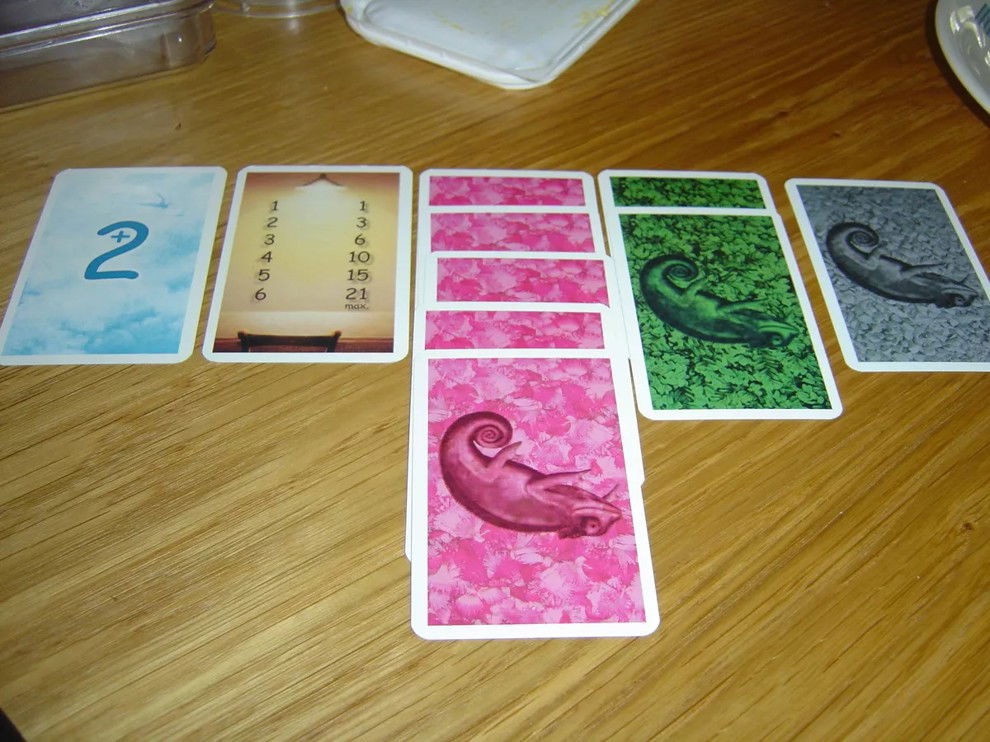
Whoever ends with most points is the winner!
Strategy Tips
Coloretto is simple, but it has enormous strategic depth. You must manage your colors, push your luck at times, and always keep an eye on your opponents' colors. You must keep watch on what other players are doing, otherwise it'll be easy for them to win.
Action 1, drawing a card and placing it, is highly strategic. I strongly recommend you place cards in rows that don't have any. However, this is only easily possible until the 3rd round or if your opponents keep placing cards in the same row. It's necessary to distribute the colors so you don't create an easy row for the next player to pick up, since more identical cards means more points at the end.
Placing cards together in a way that benefits you seems obvious, but be careful, since an opponent might be going for the same colors, or they might take them just to put a wrench in your plans. Watch out!
Action 2 is very strategic as well. Taking a row of cards says a lot about your plans. At the beginning of the game, we usually choose colors that aren't repeated between rows to avoid conflict with other players. In the middle game, however, choices can be more difficult, such as taking a row with good cards, but also with an extra color that will negatively affect your score.
The catch in Coloretto is realizing that sometimes, changing colors can be the best strategy. As the game's design suggests: be a chameleon.
Based on these tips, develop your best strategy, push your luck, bet on the right colors, and, like a chameleon, change colors if necessary to win in Coloretto.
Unboxing, Rules, and Gameplay Videos
Unboxing:
Rules:
Gameplay:
Pedagogical Tips
If you're looking for a simple, intuitive, language-independent game with plenty of strategy, Coloretto is the game for you!
Coloretto, in all its simplicity, brings together very important pedagogical concepts for children's development: management, strategy, decision-making, and logical-mathematical reasoning.
Children will constantly find themselves "managing" their cards to collect the same color, while making complex decisions about whether to draw a card or pick a row.
Small, simple, yet important calculations will be made to determine how many points are earned with each choice.
The game stimulates all these concepts in a light and fun way. Children will learn through play, and also have a great time while at it!
Educationally, Coloretto encourages strategy, management, decision-making, logical-mathematical reasoning, and on top of that, it's fun!
I recommend adding Coloretto to your collection!








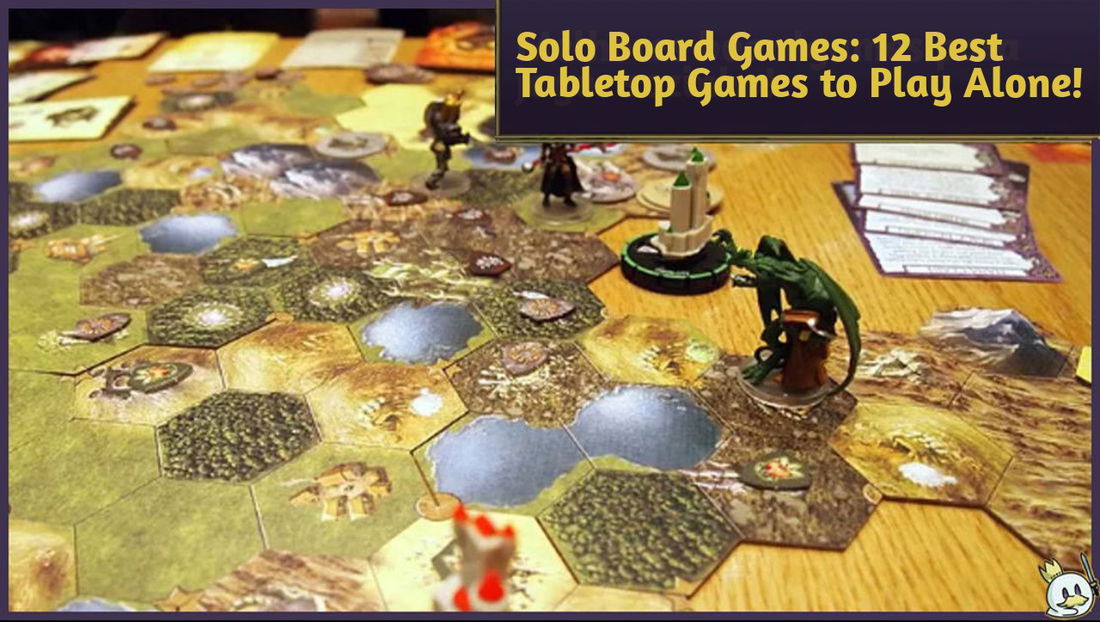


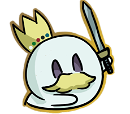
— تعليقات 0
, ردود الفعل 1
كن أول من يعلق